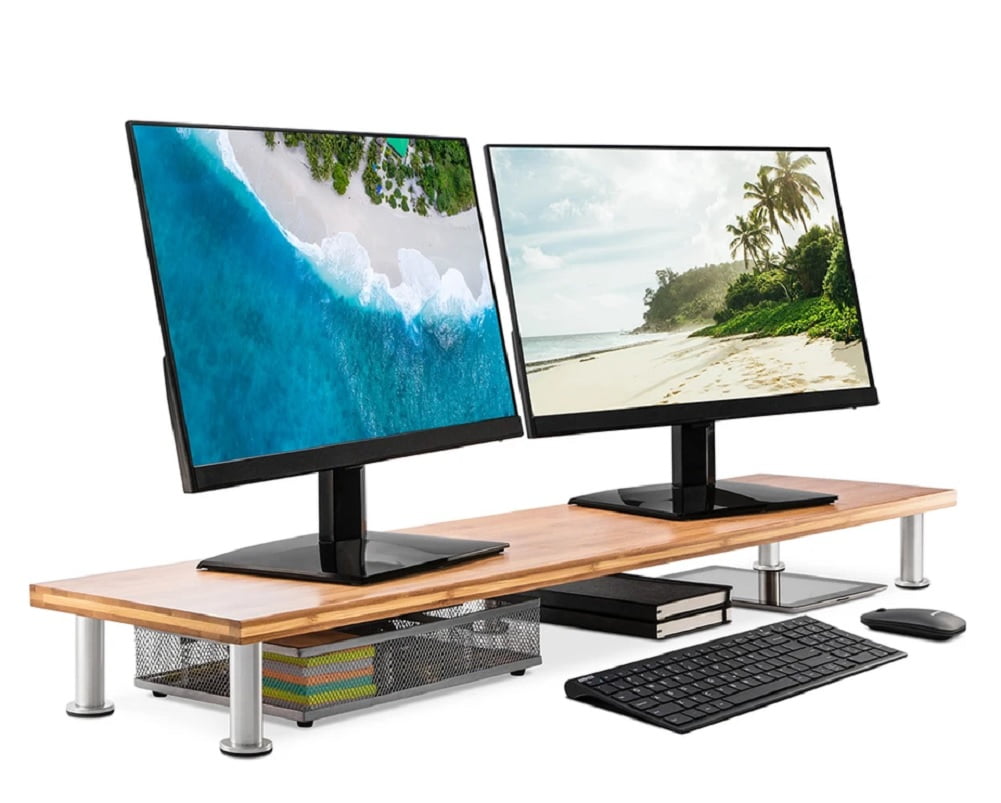

Of course, what works well in the macro world also makes sense on a larger scale. Macro shots take on a whole new meaning because there are no limits to imagination and physics. Camera settings that would be impossible to achieve with a conventional camera can be perfectly staged and processes, no matter how small, can be communicated in a comprehensible way. You can use the virtual camera to fly into small components, bring out the inner workings, and even show this in motion. What can be difficult to photograph on a large scale is sometimes impossible to photograph on a small scale. Depending on how many things need to be retouched, this can be very time consuming and expensive. Afterwards, the photo would need to be post-processed. But is there the necessary space for the photographer there? Is that the context and background you envision, or are there things in the picture you don't want to see? These general conditions severely limit classic photography. Have you ever tried to photograph a machine that is 8m or higher? You will need a very large studio for that.Īlternatively, they show the machine on location. In the meantime, check out our CGI photo gallery to get a better picture of the different ways TRG can help with your multimedia needs.A photograph is usually easier to take than creating an image with a computer using 3D data. However, there are some cases where photography reaches its limits or can be as costly as a CG production. Contact TRG Multimedia to start using CGI images for your next multimedia project. We love a challenge, and we can create a final product that meets the needs of our clients. However, TRG, has a team of dedicated CGI artists with the highest standards and the most up-to-date training and software. Sounds simple, right? Not if you want to create good CGI images. We can render anything from small, low-res for web to huge banners for trade shows.įinally, we will bring the renders into post-production to quality check all files, making certain they are color-corrected to the desired standards.

We also have the capability to perform pixel-for-pixel matches for product shots in multiple colors or finishes.Īfter all textures and lighting are finalized, we will render the file. We can save the scene and come back to it at any point―even years later―to rework a file. Here, we begin to light the subject using techniques similar to those used in the studio. We can also add logos and graphics at this point. We use actual product samples to create the textures. Next, we take the file into the rendering program where we develop textures and colors to match the final specs of a product.


We will start to designate parts into the different surfaces and texture where they will ultimately live. How does CGI work? Read on to understand TRG’s step-by-step process for creating CGI images.įirst, we’ll need to import the CAD file and manipulate it into something we can work with. This allows clients to create imagery for non-existent products that are not even in the prototype stage yet. We can take the CAD files and produce a realistic image of the product even before the actual part is made. CAD stands for “Computer Aided Design” which are the files used to make the final product that consumers use. In most cases a client provides us with an engineering CAD file. Clients can send 3D files, and here at TRG, we can re-create images from drawings or we can even design and model CGI images ourselves. There are multiple ways to create a single shot in CGI. Additionally, CGI can save time in the long run if several versions of a single subject are desired, as the parts and pieces of a particular image can be saved, reused, or recombined infinitely. It also allows for images to be perfectly created to a client’s specifications. First, it allows a single artist to create content without the use of sets, a studio, or props. When it comes to print media, there are several benefits of CGI.
#Cgi stands for in computers professional
If done by a professional CGI company, like TRG, most people can’t tell the difference between CGI images and organic photos. In many cases, it’s what a consumer sees when thumbing through a magazine or watching a video. CGI (Computer-Generated Imagery) is the application of computer graphics to create or contribute to images.


 0 kommentar(er)
0 kommentar(er)
